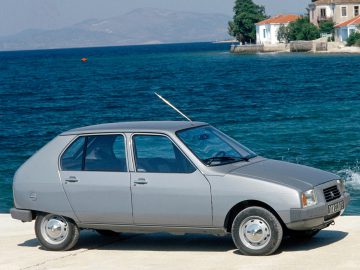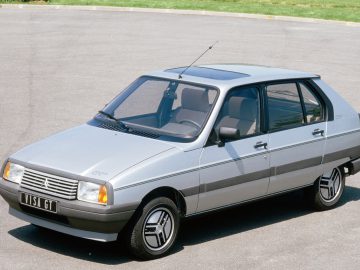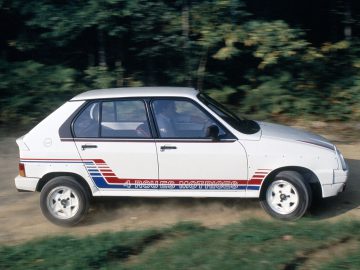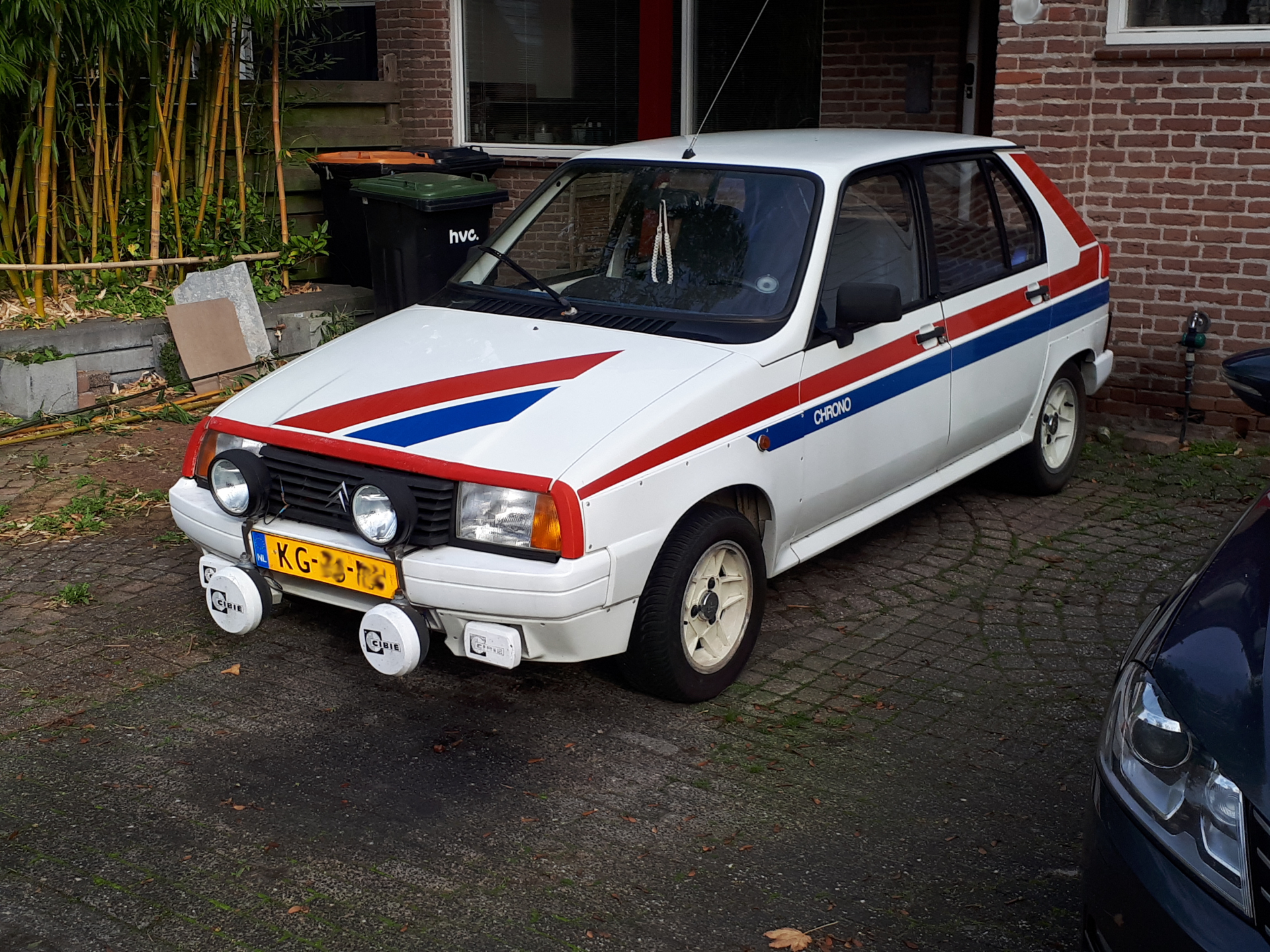Spotted: a Citroën Visa Chrono
The Citroën Visa was introduced in 1978 as the successor to both the Dyane and Ami. A few years before that, Citroën was acquired by Peugeot. As a logical consequence, the Visa is the first Citroën model to share its technology with models from Peugeot. Especially the powertrain is adopted from the Peugeot 104, but some parts of chassis and bottom section are also similar.
Citroën Visa: popular and versatile.
The Visa began life as a modest five-door hatchback, but it would eventually prove to be a very versatile model. Similarly, versions with a bit more punch appeared, about which more later. The Visa also served as the basis for the immensely popular Citroën C15, the forerunner of the Citroën Berlingo. At one point, the Visa was even available as a Découvrable, a five-door convertible!


Successors Citroën Visa
The Citroën Visa remained in production through 1988 (and even had a second career in China through 1994), only to be succeeded by the Citroën AX. Extending that line, the Visa is a distant predecessor of both the Citroën C1, C2 and C3.
Citroën Visa gets sporty
In this article we will look at the Citroën Visa in general, in this Spotted we focus mainly on the sporty versions. The first of these appeared in 1980, the Visa Super X, with 1.2-liter four-cylinder with 47 kW (64 hp). The successor followed in 1982: the Visa GT with 1.4-liter four-cylinder and 59 kW (80 hp). For such a small and light car, such power is quite something.


The Citroën Visa Chrono
Also in 1982, the Citroën Visa Chrono entered the market. It was developed as a kind of rally car for public roads. Two series will be produced: 2,160 units for the French market and 1,600 units for the rest of Europe. So from the beginning, such a Visa Chrono is already a rare version. In the French version, the 1.4-liter four-cylinder delivers 68 kW (93 hp). Due to different carburetors, the European version has to make do with “only” 59 KW (80 hp).
The spotted specimen
These days, the once-popular Citroën Visa is rare enough to encounter in traffic. Let alone a Visa Chrono, like this one we came across in Zwaag, in the province of North Holland. It is an original Dutch example too, registered in 1983. To make it complete, the Visa is still completely original and looks neat.
It clearly belongs to an enthusiast, who, judging by the bit of road grime, is also not afraid to simply use the car for what it is meant to do: drive it! The car has also been owned since 2005. We understand that. The beautiful and special Citroën will undoubtedly never go away.


Even more sportsmanship
By the way, there are many other sporty versions of the Visa. The Trophée, for example, although that is a very limited homologation model for rallying. Other sport versions include the 14S and Challenger. Especially noteworthy is the 1984 Visa Mille Pistes limited to 200 copies. It resembles the Chrono, but is a homologation model for the legendary Group B rally class. In addition, the Mille Pistes is equipped with all-wheel drive and a power output of 82 kW (112 hp).
The highlight also appeared in 1984, in the form of the Citroën Visa GTi with 85 kW (115 hp) powerful 1.6-liter four-cylinder. That engine was borrowed from the Peugeot 205 GTI, so the Visa GTI can hold its own with that legendary hot hatchback in terms of performance. Nevertheless, the Visa GTi never really became successful and eventually even became quite forgotten.




